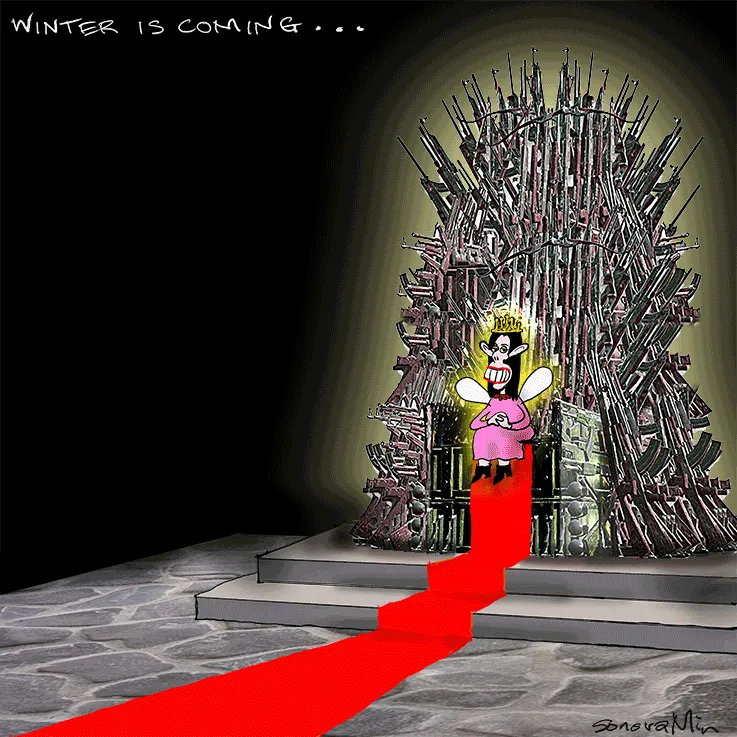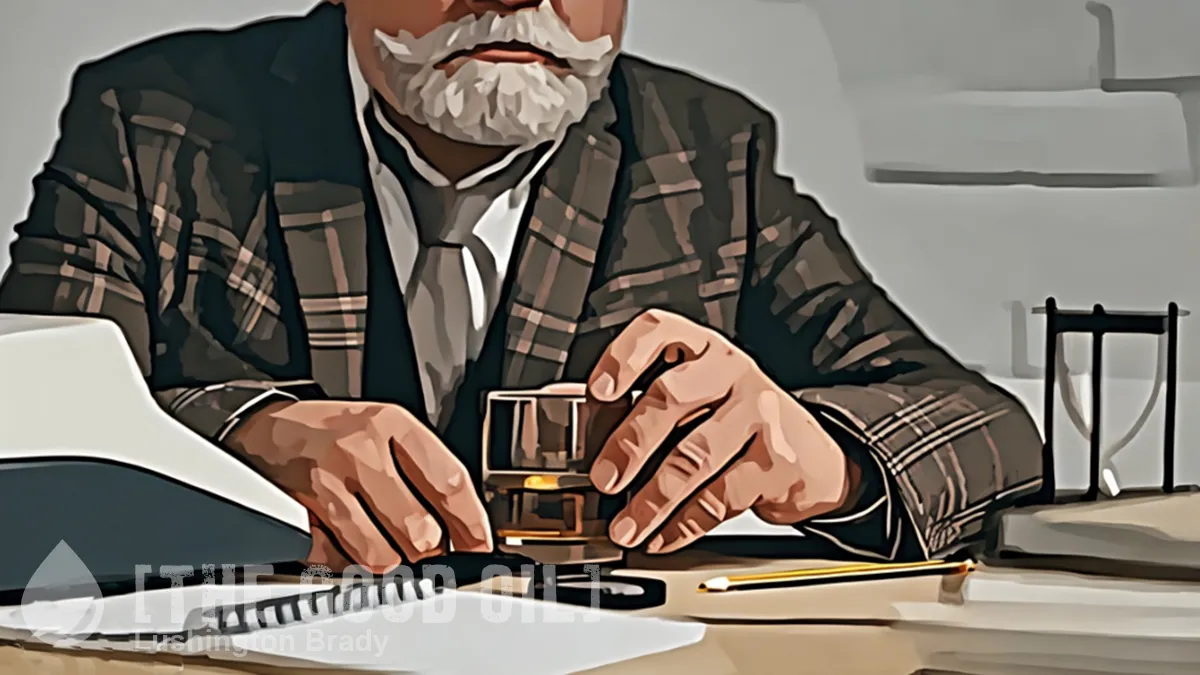ACT party Press release:
The government needs to come clean about what types of firearms are being handed in as part of its buy-back scheme because the numbers suggest the taxpayer is buying a large collection of pop guns.
The headline figures of the number of firearms collected has been ridiculed, but below the headline figures the story is worse.
I have been told that only fifteen per cent of known military-style semi-automatic owners has attended a buy-back event, and in some cases, they have only handed in some of their firearms to test the water. In reality, perhaps only one-in-ten of known MSSAs have been handed in, and that still leaves the unknowns out there.
Not content to go by anecdote, I looked at the government’s own figures. According to a Police press release on Friday:
Five weeks into the buy-back scheme, 7573 firearms owners have been processed, handing in a total of 10,844 prohibited firearms and 46,129 parts and accessories.
The amount compensated to firearms owners is a total of $22.4 million.
According to the buy-back price list, the average part in ‘new or used condition’ is $179. If Police paid the average for parts, then $8.3 million was spent buying parts. That leaves $14.1 million to buy 10,844 prohibited firearms or $1,300 per firearm.
According to the price list, however, the average centre-fire semi-automatic rifle – the type used in the Christchurch tragedy – costs nearly twice that, at $2,556 in used condition.
The only logical conclusion is that the taxpayer is buying a lot of junk. Old and low-powered firearms in poor condition are being handed in, bringing down the average price. Meanwhile, the buy-back is not being effective at attracting high-powered firearms at all.
In addition to the quality of firearms being handed in, there is the number per person. From the Police release:
Five weeks into the buy-back scheme, 7,573 firearms owners have been processed, handing in a total of 10,844 prohibited firearms and 46,129 parts and accessories.
These numbers suggest that most people are handing in one firearm. However, if estimates of 1.5 million firearms in New Zealand and 250,000 licensed firearm owners are correct, then the average person has six.
The government could easily clear all of this up by releasing a breakdown of the types of firearms they have attracted, but I suspect they will not want to accept that the situation is much worse than the headline figures.
It appears at this stage that April’s rushed firearms laws and related buy-back are failing miserably. People will happily take the cash for old junk, but so far few serious firearms are being handed in.









